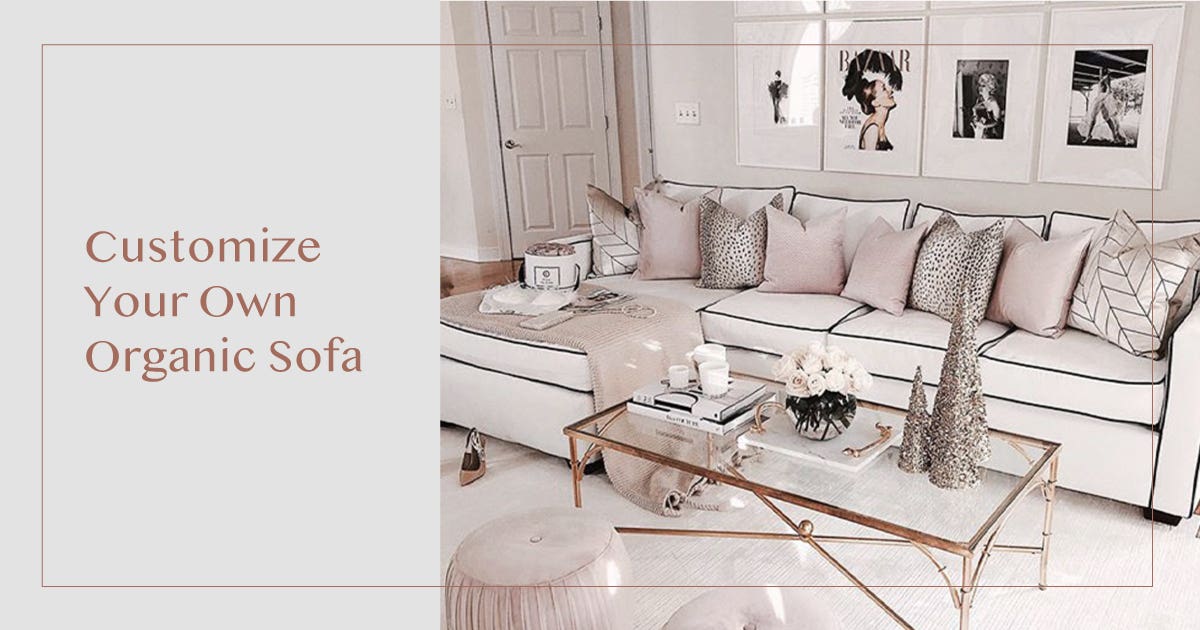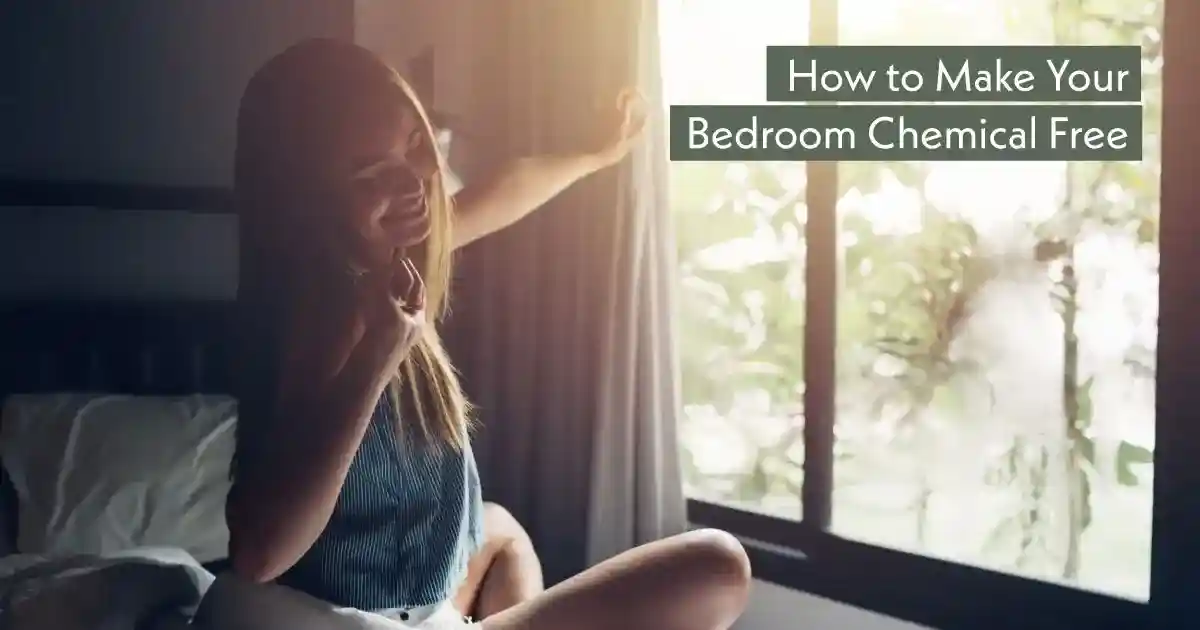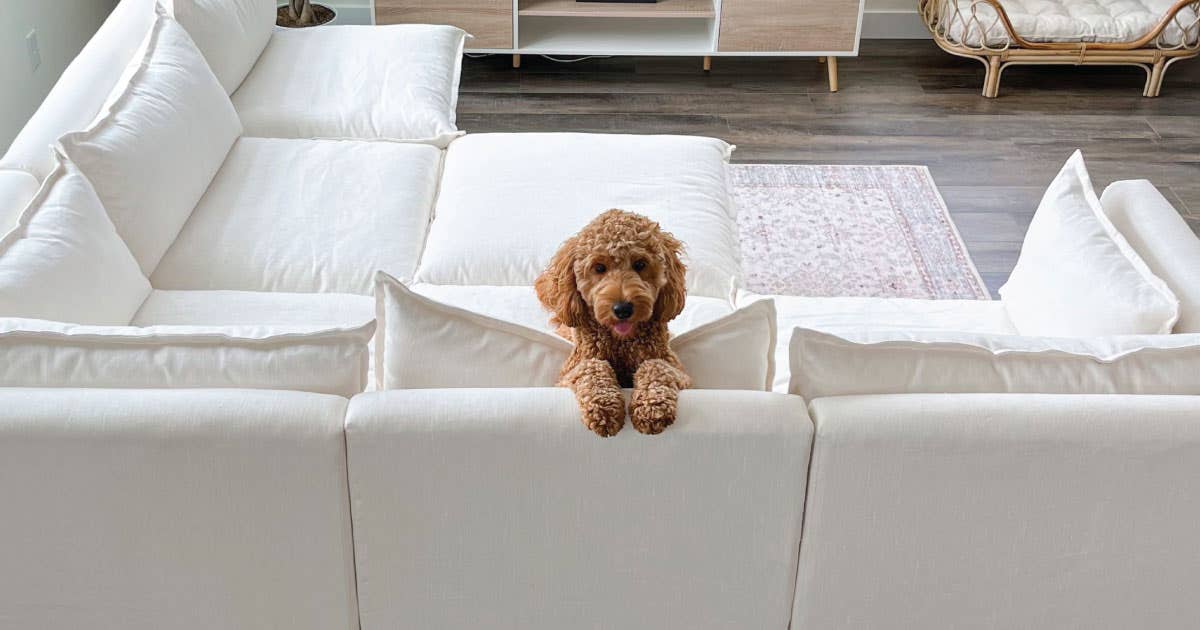
Hemp has been cultivated for thousands of years, with its history tracing back to ancient civilizations. Evidence of its use dates to 8,000 BCE in modern-day China, where it was prized for its strong fibers used in textiles and ropes. By 2,000 BCE, hemp had spread to Europe and later to the Americas with the arrival of European settlers. Throughout history, hemp has been used for various purposes, including making paper, clothing, and food. In colonial America, it was such a valuable crop that farmers were legally required to grow it. Despite its decline in the 20th century due to regulatory changes, hemp has seen a resurgence in recent years due to its environmental benefits and versatility, reclaiming its place as an important agricultural commodity.
Let us explore how hemp fabric impacts the environment and why it's becoming a popular choice for eco-conscious individuals.
Environmental Impact of Hemp Production
The environmental benefits of hemp start with its cultivation. Unlike many other crops, hemp requires significantly less water and fewer pesticides. This makes it a more sustainable option, minimizing the strain on water resources and the need for harmful chemicals. Besides, hemp can thrive in various climates, broadening its cultivation potential and reducing the involvement of extensive transportation and its associated carbon emissions.
Moreover, hemp has a rapid growth cycle, maturing in 3 to 4 months. This quick turnaround allows for multiple annual harvests, increasing yield and efficiency. Additionally, hemp plants have deep roots that help to prevent soil erosion and improve soil health by returning nutrients to the ground. This makes hemp an excellent rotational crop, enhancing the sustainability of agricultural practices.
The Process of Making Hemp Furniture
The process of transforming hemp plants into hemp furniture involves several eco-friendly steps. This fabric can be used to create various home decor items, including hemp futon covers, slipcovers, and other furniture accessories.
The production process of hemp fabric is relatively low-impact compared to other textiles. It requires fewer chemicals and less energy, contributing to its overall sustainability. Moreover, hemp fabric is biodegradable, breaking down naturally over time, reducing its long-term environmental footprint.
Comparison with Other Sustainable Materials
Hemp stands out for its versatility and minimal environmental impact compared to other sustainable materials. For instance, while bamboo is another popular eco-friendly material, it often requires significant processing and transportation, diminishing its green credentials. Cotton, although natural, demands large amounts of water and pesticides, making it less sustainable than hemp.
Another advantage of hemp is its durability. It is naturally resistant to pests and mold, which extends the lifespan of hemp furniture and reduces the need for replacements. This longevity means less waste and fewer resources consumed over time.
Innovations in Hemp Furniture Design
As the demand for sustainable home decor grows, innovations in hemp furniture design are on the rise. Designers are exploring new ways to incorporate hemp into furniture, from using it in upholstery to creating pieces made from hemp-based composites. These innovations highlight hemp's versatility and its potential to revolutionize the furniture industry.
For example, hemp-based bioplastics are being developed as a sustainable alternative to traditional plastics. These materials can be molded into various shapes and used in furniture construction, reducing the reliance on non-renewable resources. Additionally, advancements in hemp fabric treatments enhance its softness and durability, making it an even more attractive option for home decor.
Maintenance and Care for Hemp Furniture
Maintaining hemp furniture is straightforward and eco-friendly. Hemp fabric is naturally resistant to stains and odors, making it easy to keep clean. Regular vacuuming and occasional spot cleaning with mild soap and water are usually sufficient to maintain its appearance.
Hemp futon covers and slipcovers should be machine-washed on a gentle cycle with eco-friendly detergent. They should also be air-dried to prevent shrinkage and preserve the fabric's integrity. With proper care, hemp furniture can maintain its beauty and functionality for many years.
Health Benefits of Hemp Furniture
In addition to its environmental benefits, hemp furniture offers several health advantages. Hemp fabric is hypoallergenic and non-toxic, making it a safe choice for households with allergies or sensitivities. Its natural breathability helps regulate temperature and moisture, creating a more comfortable living environment.
Hemp's resistance to mold and mildew further enhances its health benefits, as these allergens can negatively impact indoor air quality. Homeowners can create a healthier and more sustainable living space by choosing hemp furniture.
Natural Furniture vs. Hemp Furniture
When comparing natural furniture to hemp furniture, it's essential to consider the broader environmental and health impacts. Both natural and hemp furniture are better than conventional furniture made from synthetic materials. However, here are some of the differences:
- Hemp furniture often excels in terms of sustainability and durability.
- Hemp has a low environmental impact.
- Hemp offers health benefits, such as being hypoallergenic and non-toxic.
- Hemp's versatility makes it an excellent choice for eco-conscious consumers.
Why is TFS the Ideal Choice?
The Futon Shop’s aims is to set the standards of excellence for furniture manufacturers and retailers alike. We are building a business in which the highest standards of craftsmanship and transparency passes through to all aspects of our products and company including a priority of choosing natural and sustainable resources. We use bambo, kapok, cotton, wool, and hemp coir fiber for our mattresses, pads, and fabrics for our pillows, futon covers, and for our sofa upholstery.
Hemp is a eco friendly option when choosing an alternative for your mattress, futon cover, pillows, or fabric for your sofa. Hemp is one of the most durable textures when choosing a eco-conscious home. It is comfortable,, durable, and anti-bacterial. It is not only used within fabrics for furniture, but popular amongst fashion brands like Eileen Fisher, Tentree, Levi’s, Wama, patagonia, Jungmaven, Thought, and Valani.
Our OEKO-TEX Certified Hemp
- • Breathable - improving air flow and promote better circulation
- • Durable - Hemp fibers have less cellulose than other natural fibers that make them much stronger
- • Sustainable - Hemp trees are considered slow growth, and can produce coconuts throughout its long life.
Benefits of Hemp




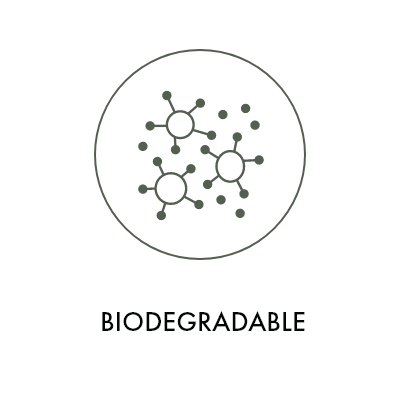
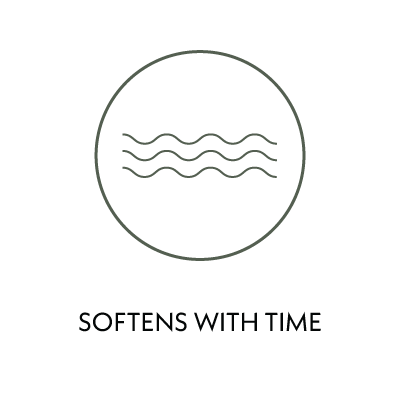
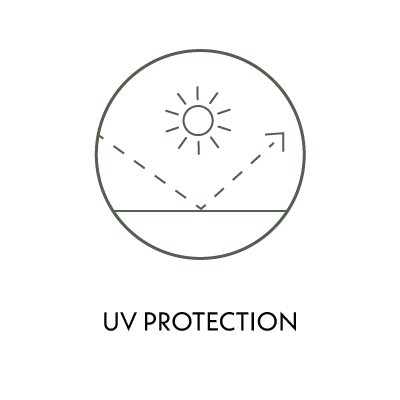

“As humans have known for thousands of years, hemp is a plant that boasts abundant industrial, nutritive and Medicinal properties”
The Futon Shop Products Lines
Hemp Mattresses
Our Mattresses made with Hemp, will last a lifetime, offering strength, durability, and breathable to mold & insects.

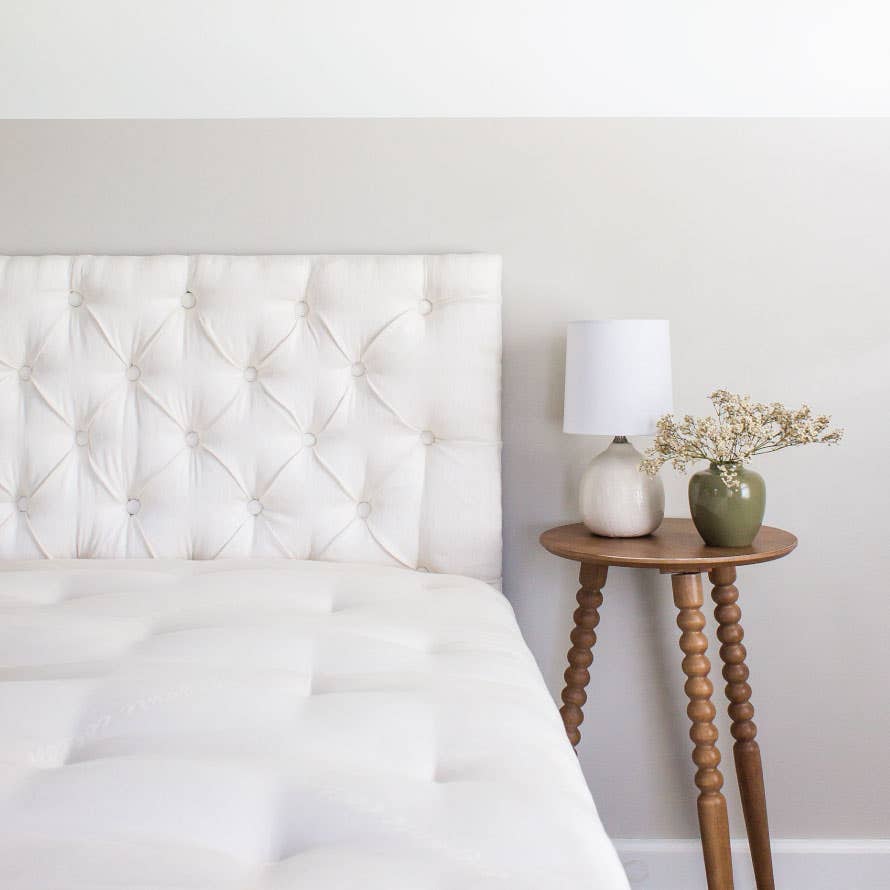
Hemp Platform Beds
Designed with a contemporary minimalist concept, the clean-cut Hemp Upholstered Bed Collection delivers a simple, high-quality, sturdy and solid elegant, and natural platform slated bed system.
Sofas With Hemp Fabric
Pet-Friendly Sofas - Hemp fabric releases moisture and odors. Hemp also has a longer lifespan, is antimicrobial and dust mite resistant.
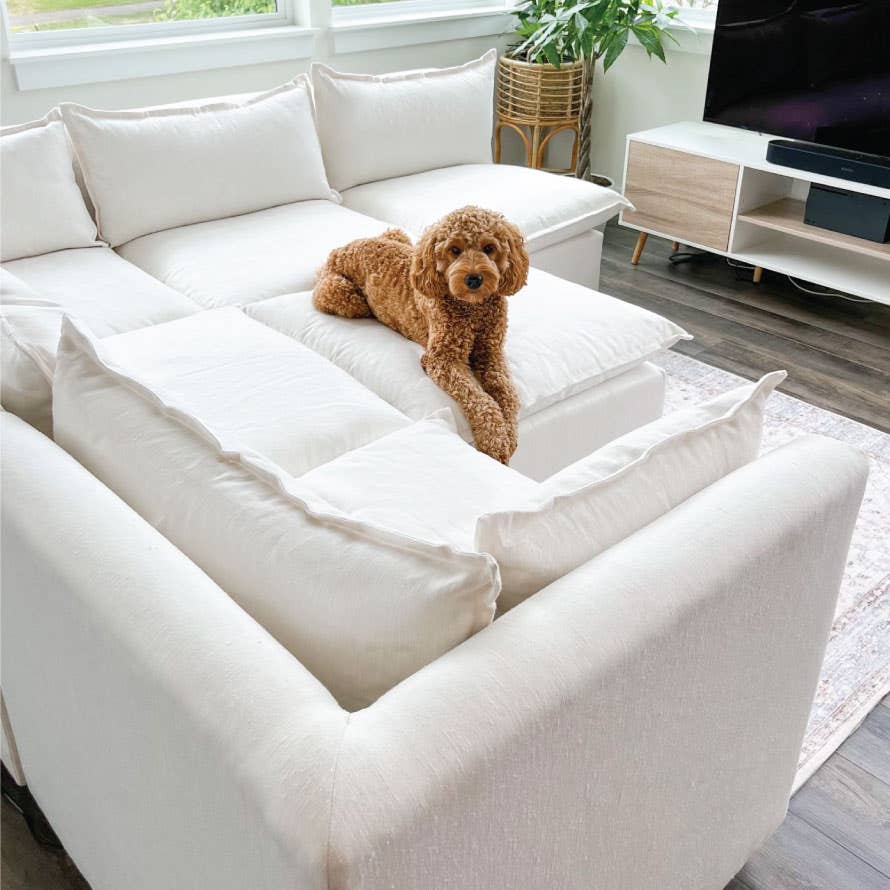
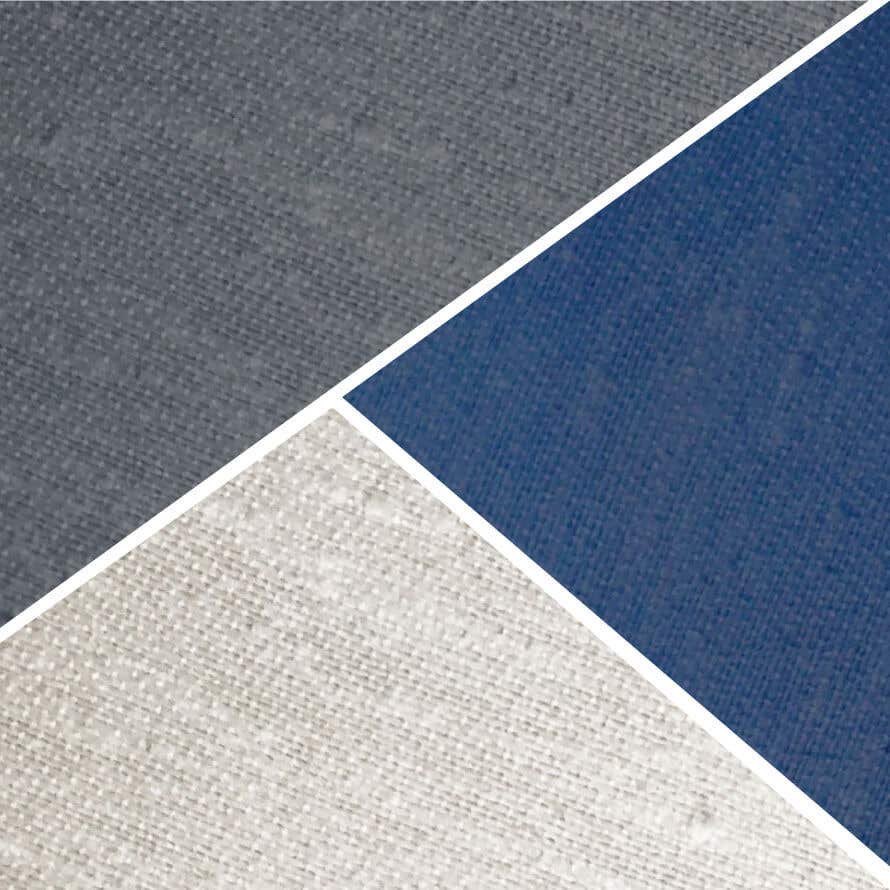
Hemp Futon Covers & Pillows
100% Distressed Urban Hemp Fabric - The Durability of hemp is far superior when compared to wool or cotton.

“If you are an avid sustainability-focused shopper like me, you'll know that hemp fabric is very useful, versatile, and durable."
Interesting Facts:
- • The July 4, 1776 Declaration of Independence was written on hemp paper.
- • In 1941 Henry Ford built a car with a plastic made from hemp and wheat straw.
- • The original Levi Strauss jeans were made from hemp.



